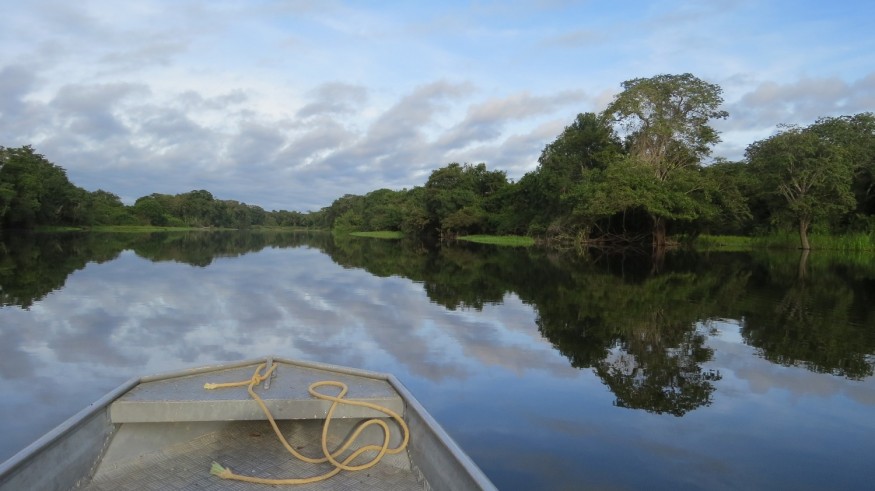
The regrowth of Amazonian forests following deforestation could be much slower than previously thought, a new study shows.
The findings made significant impacts on global climate change predictions due to the ability of secondary forests to ingest carbon from the atmosphere. The study, which monitored forest regrowth over 20 years, shows that global climate change, and therefore the broader loss of forests, might be hampering regrowth within the Amazon.
Secondary forests are a crucial tool in combatting human-caused global climate change by taking large amounts of carbon from the atmosphere. However, the examined secondary forests held only 40 percent of the carbon in forests that had not been disrupted by human interactions. If current trends continue, it'll take more than a century for the woods to completely recover, meaning their ability to assist in fighting global climate change are vastly overestimated.
The study, published within the journal Ecology, also shows that secondary forests take less carbon from the atmosphere during droughts. Yet, global climate change is increasing the number of drought-years within the Amazon.
There is a 0.1 degrees Celcius increase per decade in the portion of Amazon, says lead author Fernando Elias from the Federal University of Pará, adding that the tree growth was lower during times of drought.
"With predictions of more drought [in the] future, we must [take care of the power] of secondary forests to mitigate [global climate change]," Elias underscored.
He said their study emphasize the necessary to make steps for international agreements on reducing the impacts of global climate change.
Beyond helping fight global climate change, secondary forests also can provide critical habitat for threatened species. The researchers, however, discovered that biodiversity levels within the secondary forests with local undisturbed forests were only at 56 percent, with no increase in species diversity during the 20 years of monitoring.
Many nations have made significant reforestation pledges in recent years, and Brazil committed to restoring 12 million hectares of forest under the Paris climate agreement. These results, if consolidated, recommend that the climate agreements need to take firmer action against deforestation of primary forests, and careful consideration about the steps on reforestation. The research was conducted in the oldest deforestation frontier region within the Amazon that has lost most of its original forest cover - which is in Bragança, Brazil.
Joice Ferreira, a biologist who serves as a researcher at the Brazilian Agricultural Research Corporation, explained that forest recovery needs more aid and investment to beat the shortage of seed sources and seed-dispersing animals.
Ferreira added that secondary forests would regrow much faster with no human intervention.
Jos Barlow, Professor of Conservation Science at Lancaster University in the United Kingdom, points out the necessity for more long-term studies.
Secondary forests, according to Barlow, are increasingly widespread within the Amazon region. He added that Amazon's potential to mitigate global climate change would make the forest "of worldwide importance."
While more long-term studies are recommended on secondary forest resilience, Barlow said: "More focus on restoration to the areas [which would] do most to fight [global climate change] and preserve biodiversity."
© 2025 NatureWorldNews.com All rights reserved. Do not reproduce without permission.





